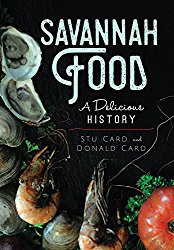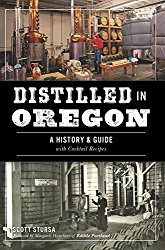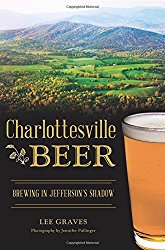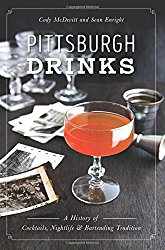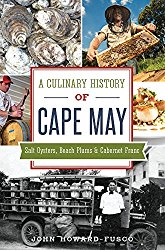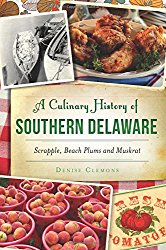In 1898, Switzerland’s Nestlé Company was searching for a location to build its first milk processing plant in the United States. Upstate New York’s bountiful dairy farms sealed the deal for a factory in Fulton. Soon another Swiss company requested space at the factory to produce a confection that had taken Europe by storm: the milk chocolate bar. …
The History Press
Trailer Food Diaries Cookbook: Portland Edition, Volume II (American Palate)
Portlanders have always had a taste for fresh local foods served up with a lack of pretense. So it’s no surprise that food carts have emerged as a popular way to showcase a variety of flavors to hungry locals. While the business is a competitive one, the most unique and culturally diverse food trucks are able to thrive. …
Savannah’s remarkable cuisine is a reflection of its unique history. Delicate local ingredients are balanced carefully using time-honored techniques to produce unforgettable dishes. Initially a colonial experiment of sorts, Savannah became not only the first capital of Georgia but also the capital of all Lowcountry cuisine. From the insolvent freed from debtors’ prisons to help seek new cash …
Distilled in Oregon: A History & Guide with Cocktail Recipes (American Palate)
Early Oregon fur traders concocted a type of distilled beverage known as “Blue Ruin,” used in commerce with local Native Americans. Drawn by the abundant summer harvests of the Willamette Valley, distillers put down roots in the nineteenth century. Because of Oregon’s early sunset on legal liquor production in 1916–four years before national Prohibition–hundreds of illicit stills popped …
Charlottesville Beer: Brewing in Jefferson’s Shadow (American Palate)
Possibly the region’s first craft brewer, Thomas Jefferson grew hops and created his own small-batch brews at his home at Monticello. His brewing, however, was only the beginning. Charlie Papazian got his start homebrewing at the University of Virginia and went on to become a founder of the craft brewing movement. The city was not spared the fervent …
Pittsburgh Drinks: A History of Cocktails, Nightlife & Bartending Tradition (American Palate)
Pittsburgh’s drinking culture is a story of its people: vibrant, hardworking and innovative. During Prohibition, the Hill District became a center of jazz, speakeasies and creative cocktails. In the following decades, a group of Cuban bartenders brought the nightlife of Havana to a robust café culture along Diamond Street. Disco clubs gripped the city in the 1970s, and …
Southern Food and Civil Rights: Feeding the Revolution (American Palate)
Food has been and continues to be an essential part of any movement for progressive change. From home cooks and professional chefs to local eateries and bakeries, food has helped activists continue marching for change for generations. Paschal’s restaurant in Atlanta provided safety and comfort food for civil rights leaders. Elijah Muhammad and the Nation of Islam operated …
Iconic Chicago Dishes, Drinks and Desserts (American Palate)
The food that fuels hardworking Chicagoans needs to be hearty, portable and inexpensive. Enterprising locals transform standard fare into Chicago classics, including Spinning Salad, Flaming Saganaki, Jumpballs, Jim Shoes, Pizza Puffs and Pullman Bread. The restaurants, bakeries, taverns and pushcarts cherished from one generation to the next offer satisfying warmth in winter and sweet refreshment in summer. This …
A Culinary History of Cape May: Salt Oysters, Beach Plums & Cabernet Franc (American Palate)
Cape May is America’s first seaside resort, and with that comes a mouthwatering food history. The New York Times even proclaimed the city “Restaurant Capital of New Jersey.” The first settlers, the Kechemeche of the Lenape tribe, feasted on the fish and wild game in the area. The whaling industry briefly brought attention to the island, but Ellis …
A Culinary History of Southern Delaware: Scrapple, Beach Plums and Muskrat (American Palate)
Historic farms and waterways crisscross Southern Delaware, connecting its residents to a set of rich culinary traditions. The original Nanticoke inhabitants baked hearty johnnycakes and hunted wild game. Hungry for a taste of home, German settlers developed scrapple from local ingredients. Today’s home cooks and chefs draw their bounty from the land and sea for a distinct, seasonal …


